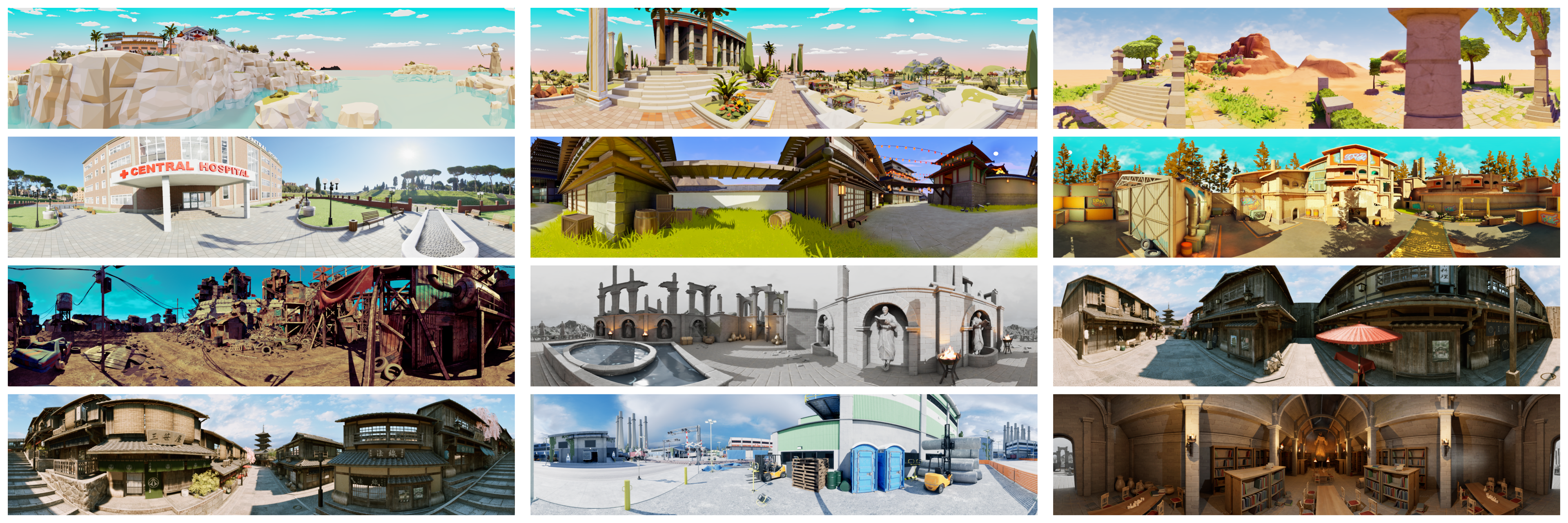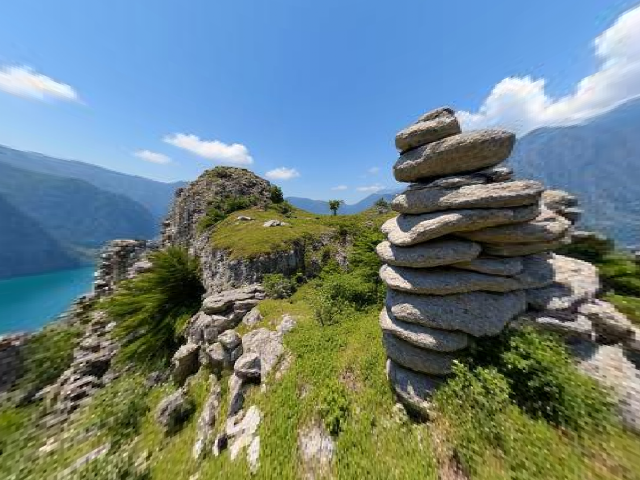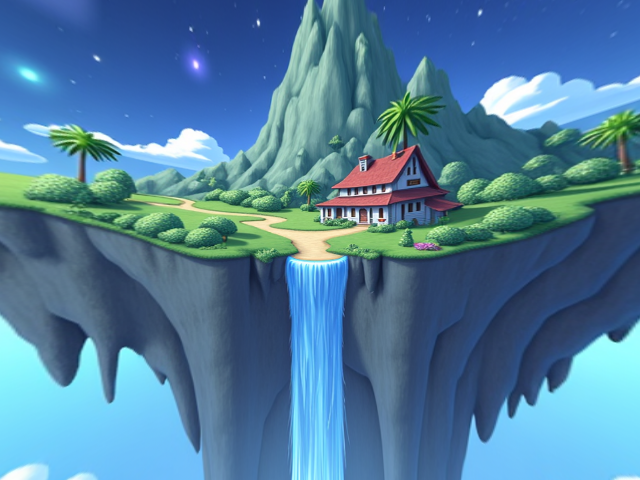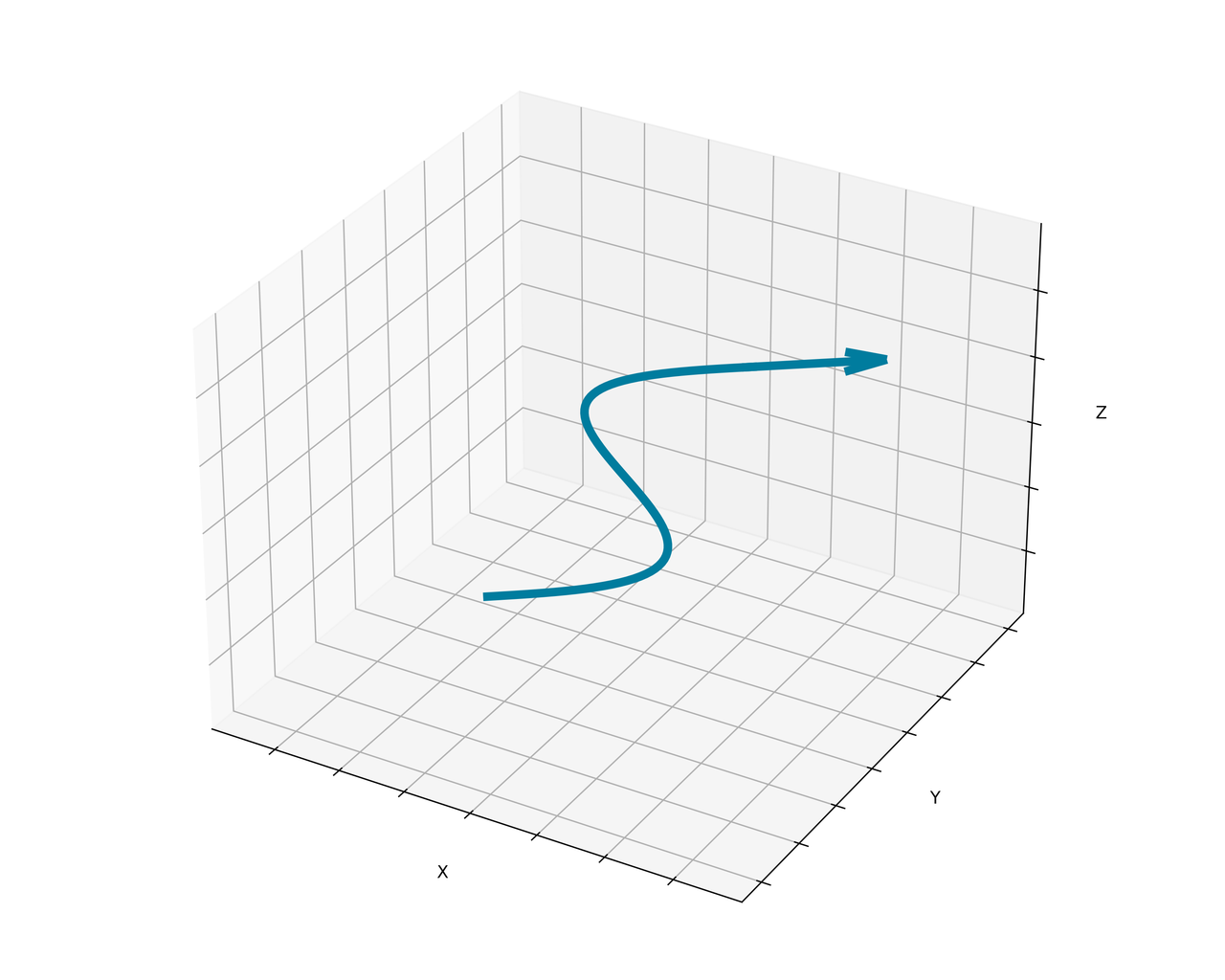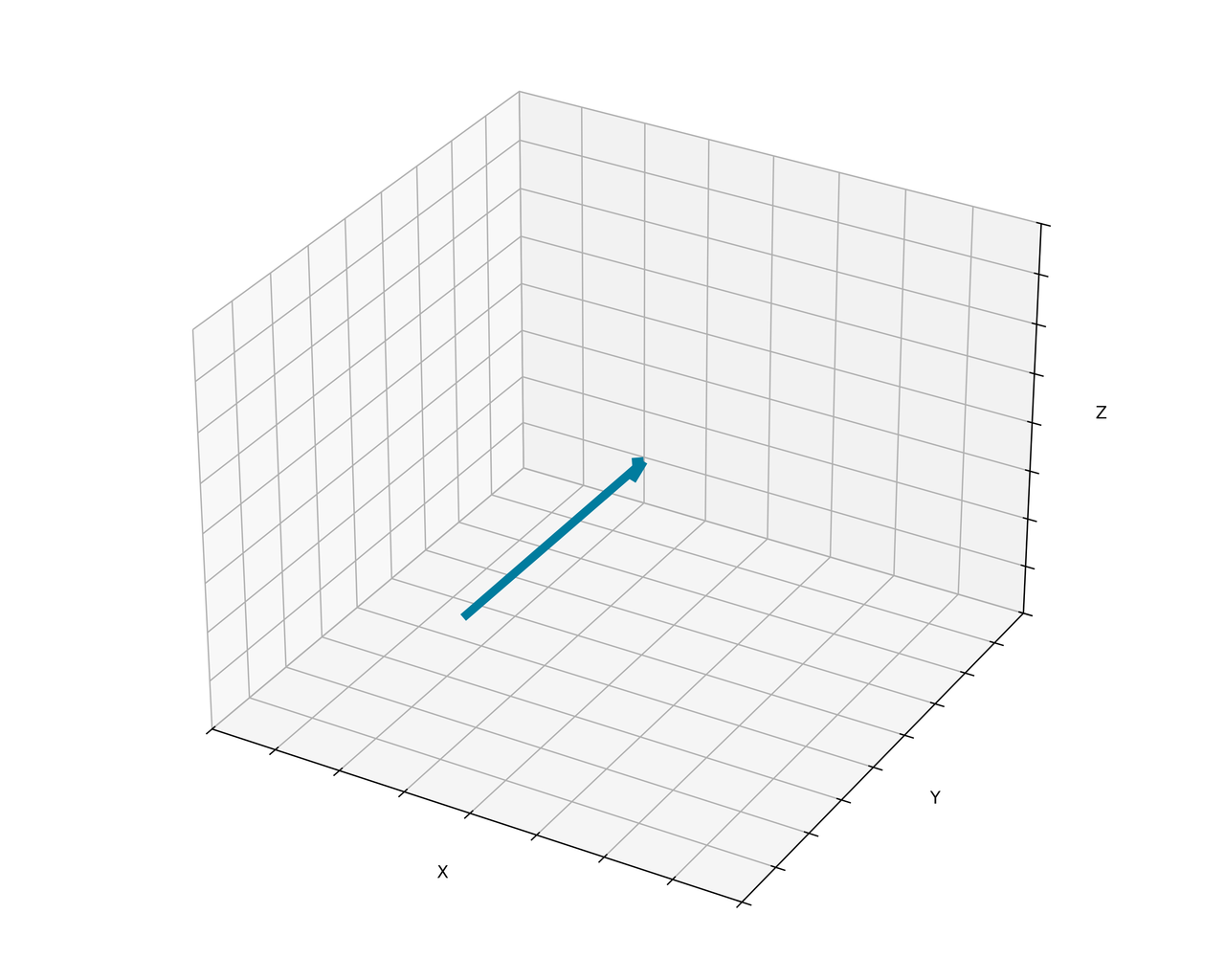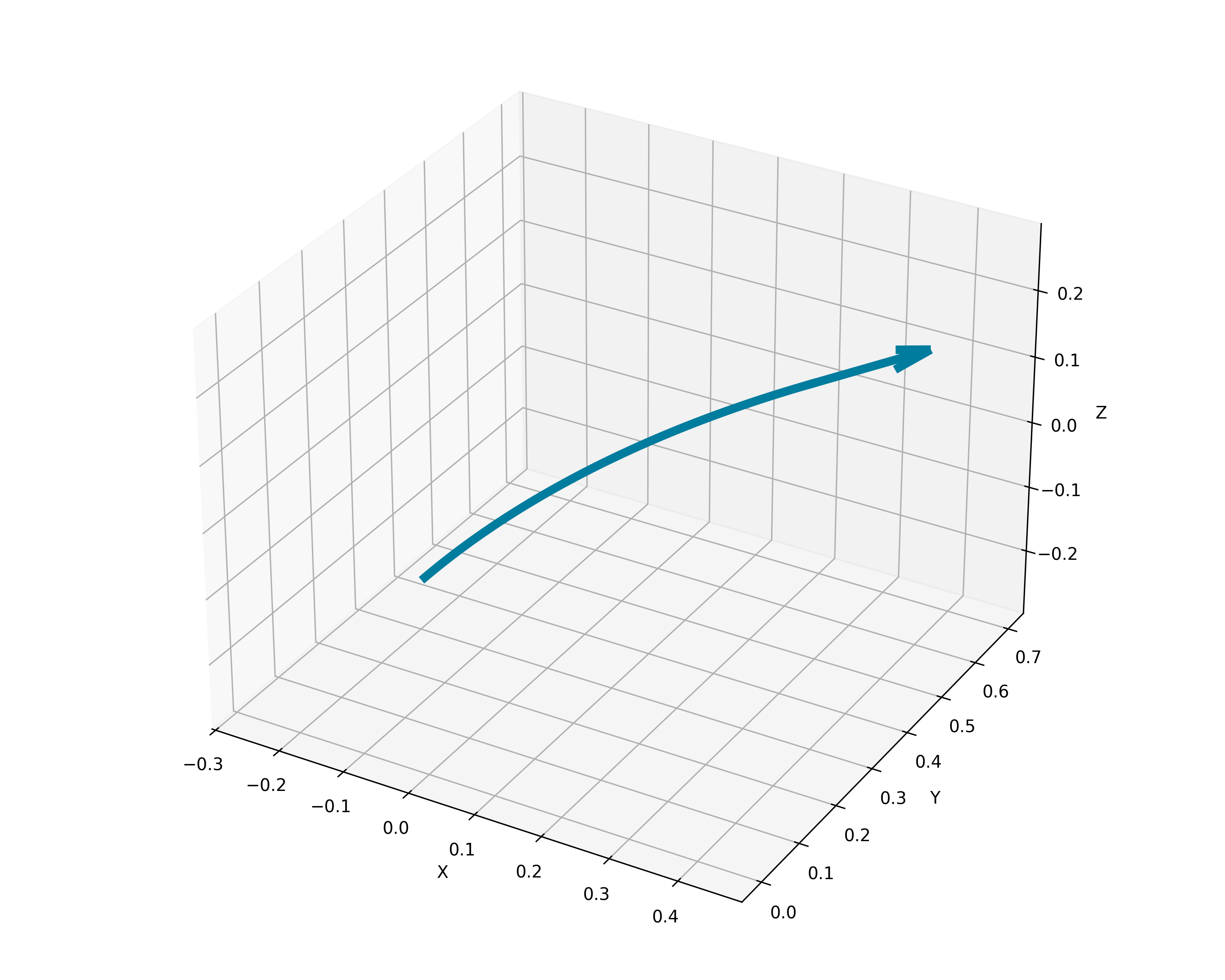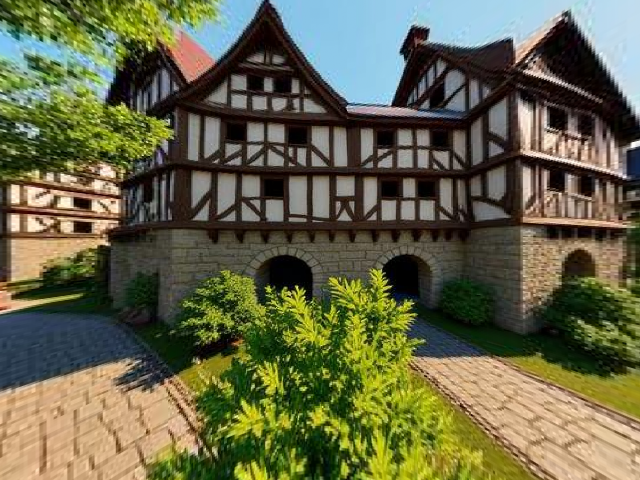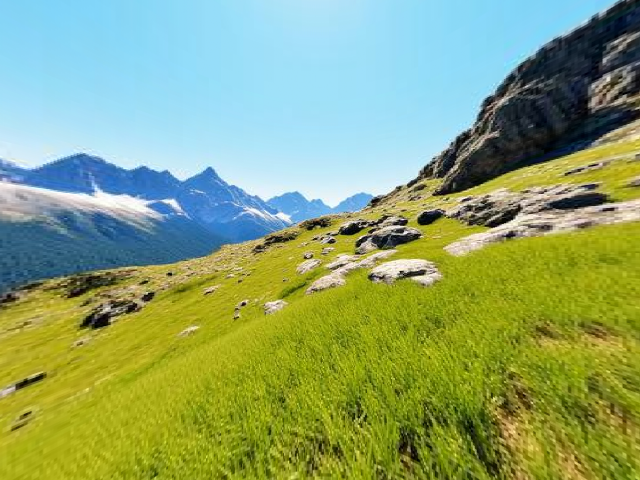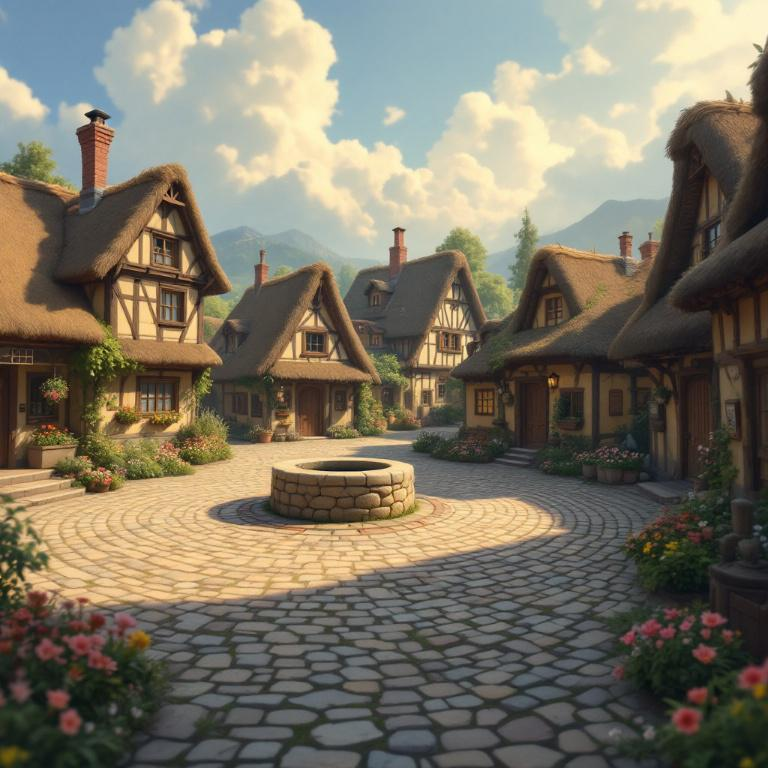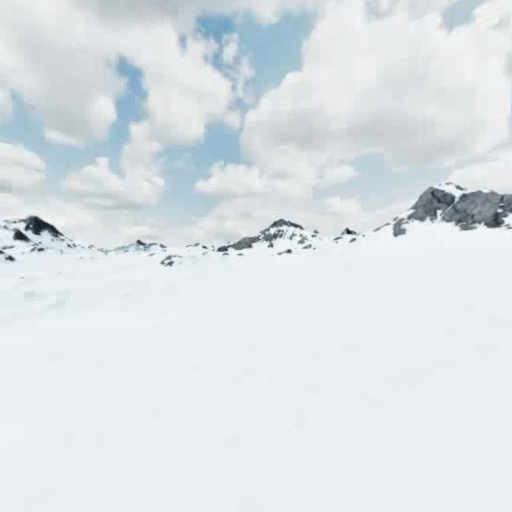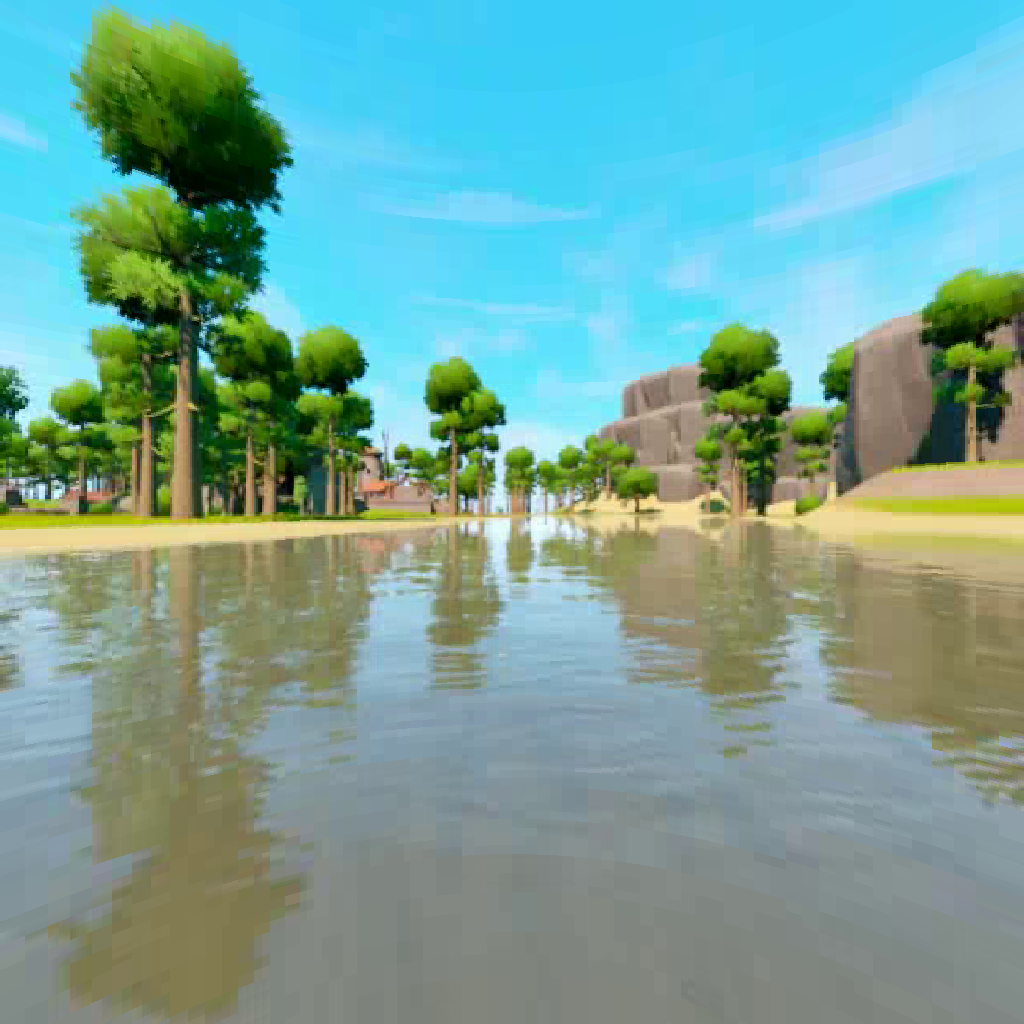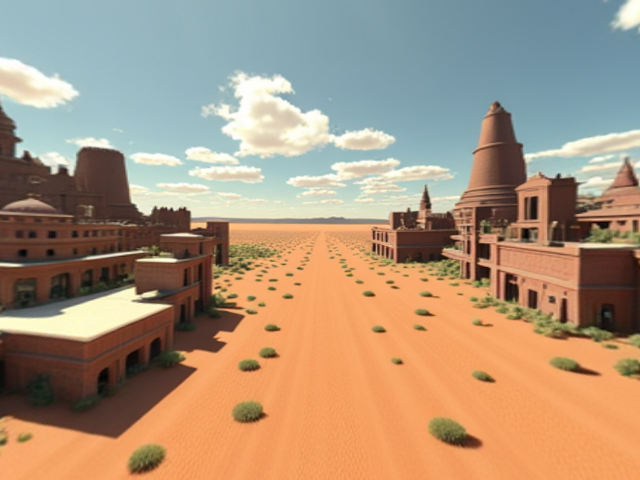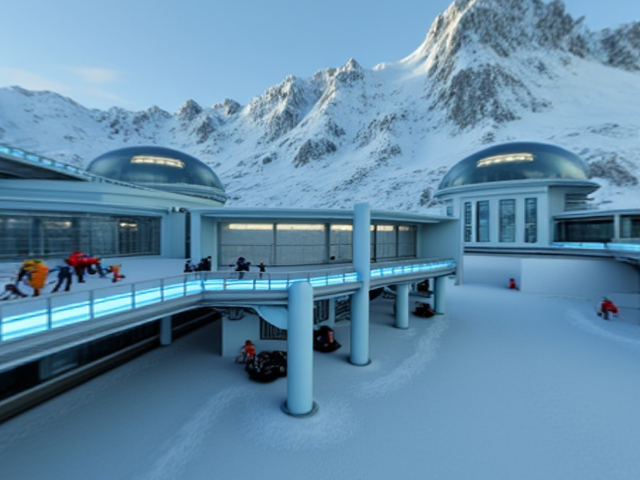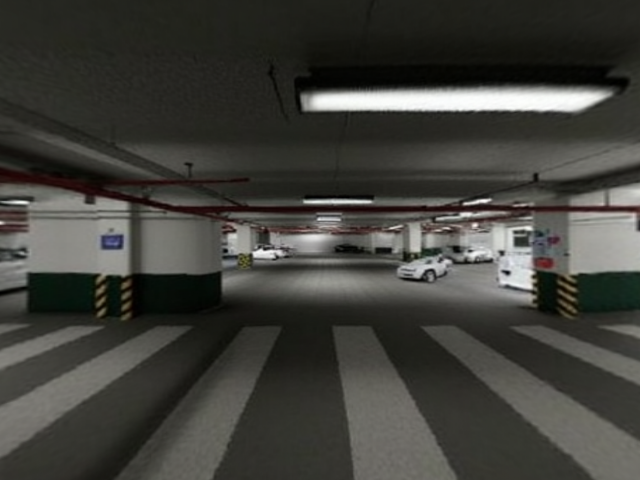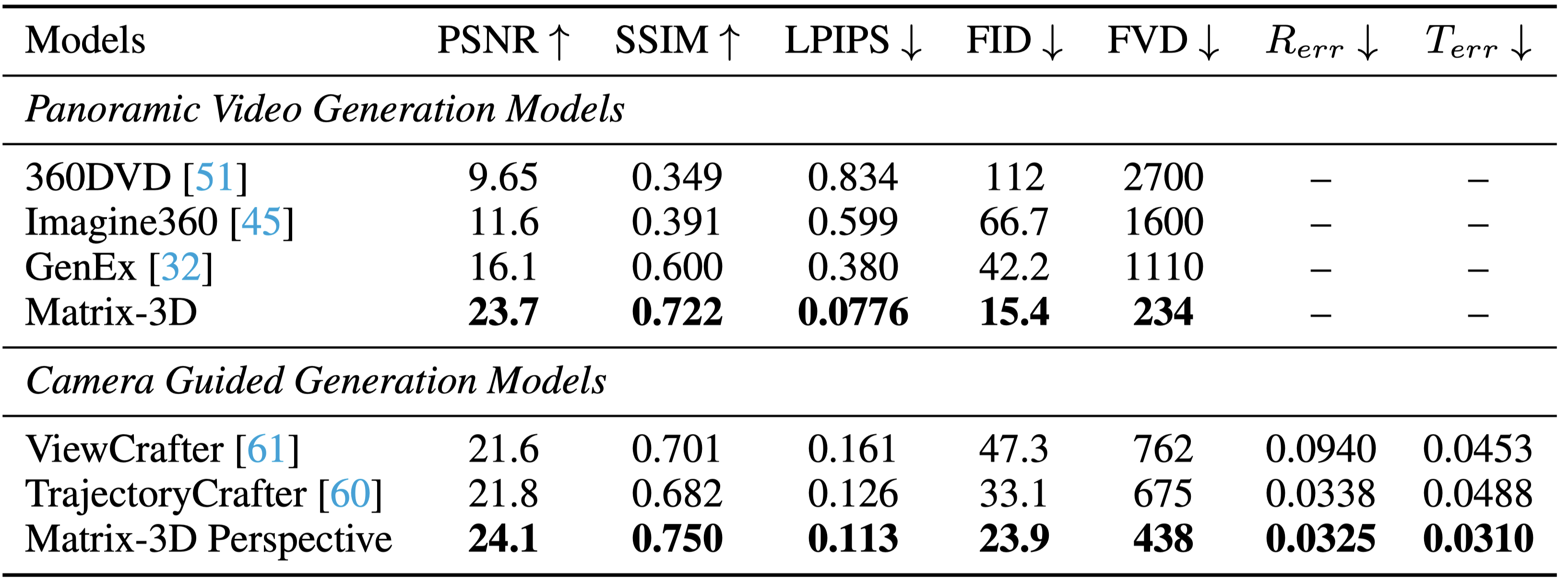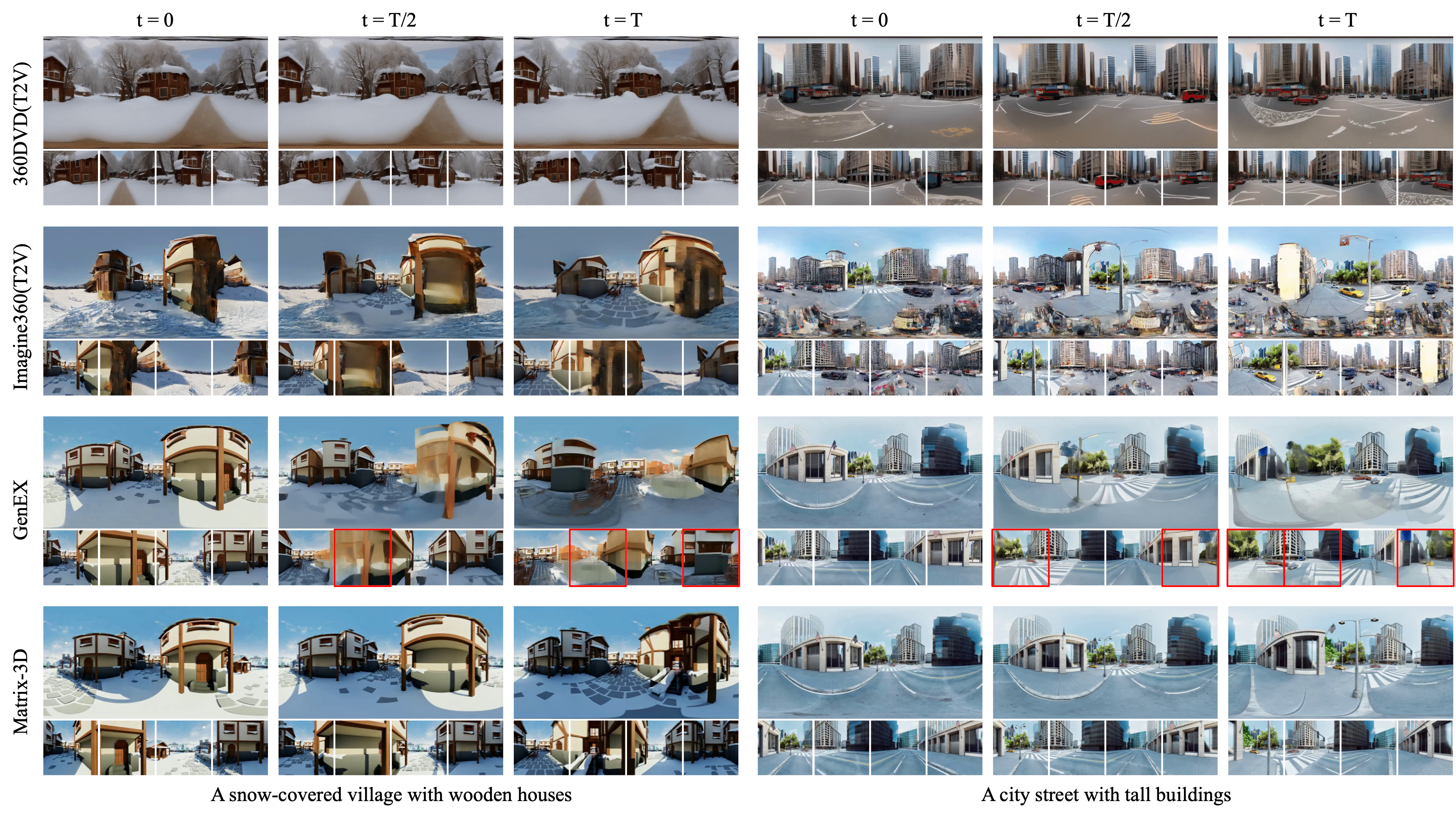
Abstract
Explorable 3D world generation from a single image or text prompt forms a cornerstone of spatial intelligence. Recent works utilize video model to achieve wide-scope and generalizable 3D world generation. However, existing approaches often suffer from limited reconstruction scope and suboptimal visual quality. In this work, we propose Matrix-3D, a framework that utilize panoramic representation for wide-coverage omnidirectional explorable 3D world generation that combines conditional video generation and panoramic 3D reconstruction. We first train a trajectory-guided panoramic video diffusion model that employs scene mesh renders as condition, to enable high-quality and geometrically consistent scene video generation. To enable 3D world generation, we introduce two methods that lift the 2D content to 3D world, ensuring efficiency and effectiveness. To lift the panorama scene video to 3D world, we propose two separate pipelines — a feed-forward large reconstruction model for rapid 3D scene reconstruction and an optimization-based pipeline for accurate and detailed 3D scene reconstruction. For efficiency, we introduce a feed-forward panoramic 3D reconstruction model that projects video latents and camera poses to predict omni-directional 3D Gaussian Splatting attributes. To facilitate convergence, we adopt a two-stage training strategy and supervise the model using rendered panoramic novel views. For effectiveness, we also propose a optimization-based reconstruction method. However, no existing panoramic video dataset provides associated camera poses. To facilitate effective training, we also introduce the Matrix-Pano dataset — the first large-scale synthetic collection comprising 116,759 high-quality static panoramic video sequences with various annotations. Extensive experiments demonstrate the effectiveness of our proposed framework, which achieves state-of-the-art performance in panoramic video generation and 3D world generation.

